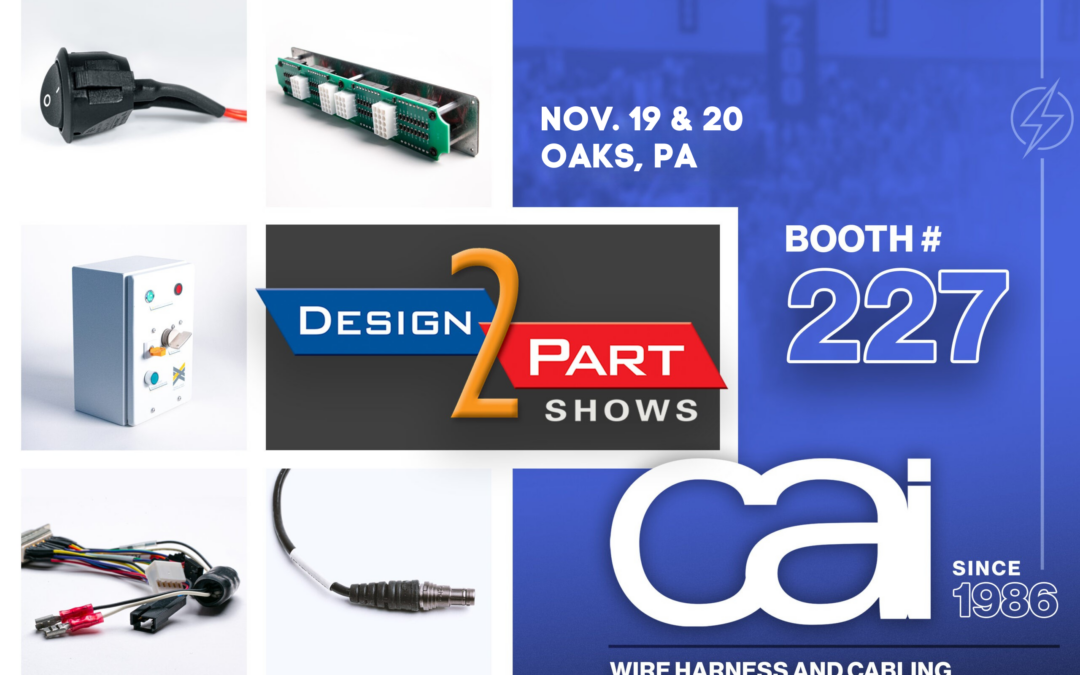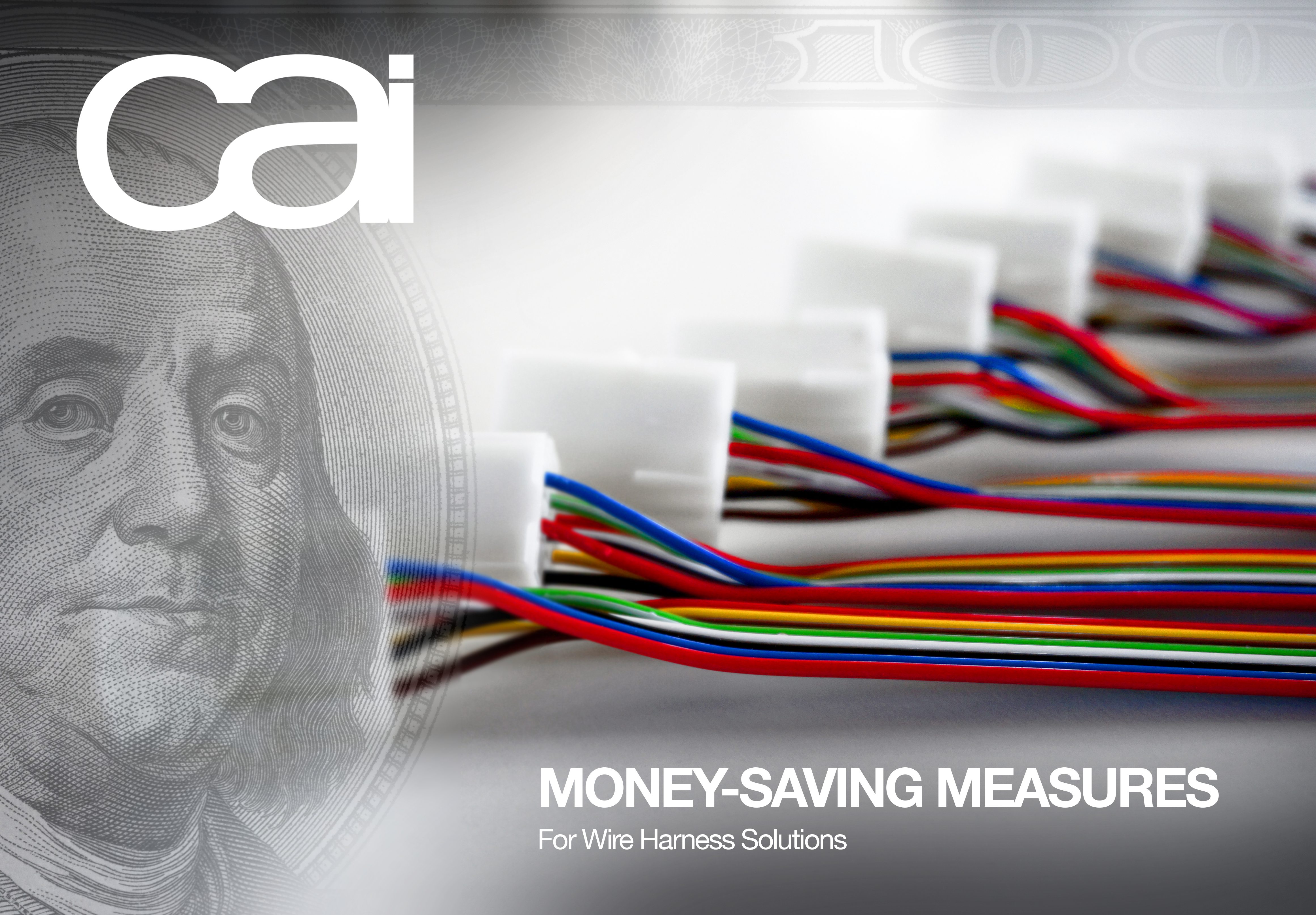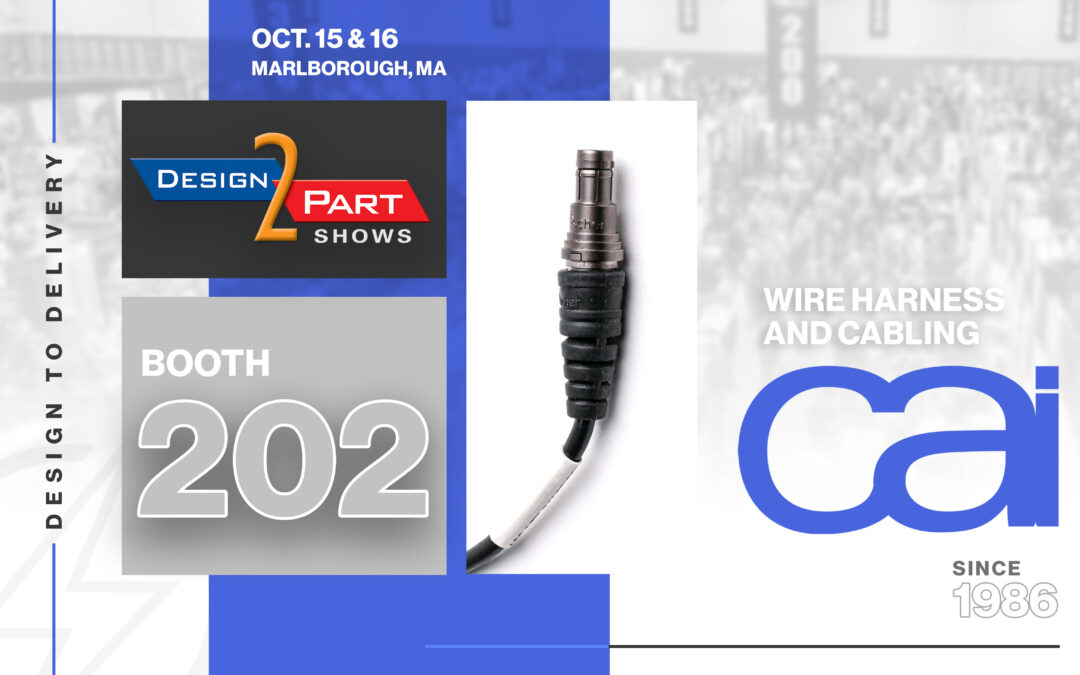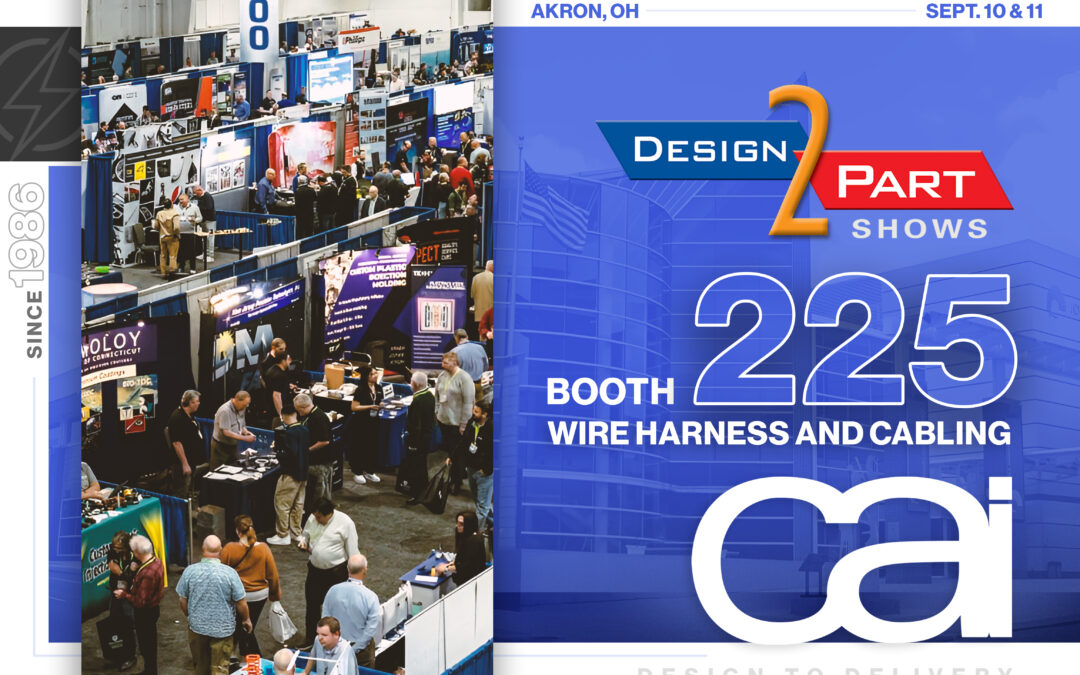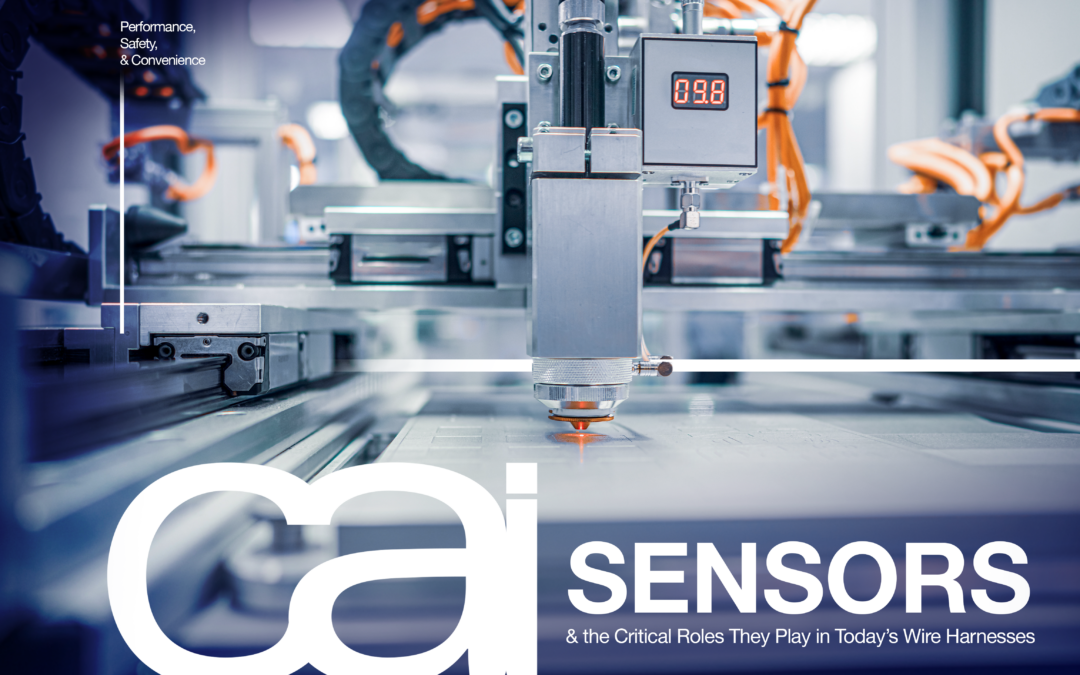Why CAI is Your Wire Harness Cost Savings Solution
In the increasingly competitive world of modern manufacturing, wire harnesses are essential components across a broad range of industries, from automotive and aerospace to industrial machinery and consumer electronics. As global demand rises, tariff challenges continue, and supply chain volatility remains, manufacturers are under growing pressure to deliver high-quality products at competitive prices, making cost-cutting a strategic imperative in order to satisfy customers.
At CAI, we take measures to ensure that our customers get the most bang for their buck. At the same time, we believe that reducing costs should never mean sacrificing quality of our wire harnesses and that the most effective cost-saving strategies should focus on optimization and efficiency throughout the manufacturing process. We work closely with you to ensure the highest quality of product while staying within your budget. Reach out to us before your next project to discuss your unique wire harness needs.
Below are some of the most practical and impactful cost-cutting measures we utilize to keep costs low without compromising harness performance or reliability:
-
Design Optimization
The foundation of cost-effective wire harness manufacturing begins in the design phase. One of the most powerful approaches is the standardization of components and designs. Using standard connectors, terminals, and wires across multiple harnesses significantly reduces part variety, simplifies inventory management, and unlocks bulk purchasing discounts.
Modular harnesses can also be preassembled and reused across different products, which helps lower tooling and setup costs. This level of design reusability accelerates production timelines and reduces labor demand.
Another way to bring down costs through design optimization is by minimizing wire length and routing complexity. Shorter wires and more direct routing paths cut down on material usage and assembly time. Wire gauge selections can also be a factor when a thinner wire can deliver the required performance at a fraction of the cost.
During the design itself, collaboration between our design engineers and production teams early in the process can eliminate costly features, such as unnecessary bends or tight tolerances, which add time and difficulty during assembly.
-
Smart Sourcing & Procurement
Strategic procurement plays a major role in cost control. Bulk purchasing remains a cornerstone of savings, especially when multiple projects or locations can consolidate orders. Larger volumes mean better pricing, reduced per-unit costs, and improved supplier leverage.
In addition to quantity, the quality and cost of specific parts can be optimized by working with engineers and suppliers to identify equivalent, lower-cost alternatives that meet performance standards. Building long-term relationships with our material and component suppliers often helps us negotiate better payment terms, secure priority access to materials, optimize and secure inventory levels, and reduce shipping costs through consolidated deliveries.
Dual-sourcing strategies are also effective in keeping prices competitive and protecting against supply disruptions. For high-usage components like wire and terminals, buying directly from manufacturers instead of distributors often results in more favorable pricing.
-
Automation & Equipment Efficiency
While full automation may not be feasible for all wire harness production due to product variability, selective automation can be transformative. Investing in semi-automated equipment for wire cutting, stripping, crimping, and testing significantly reduces labor hours and increases consistency. Tools like laser wire marking systems enhance durability and eliminate the need for manual labeling, while semi-automatic connector insertion machines speed up repetitive tasks and free up skilled labor for higher-value operations.
To get the most out of automation, we group similar jobs together to reduce machine setup time and improve throughput. Preventive maintenance is also a priority, as unplanned downtime from equipment failure is costly and disruptive. Strategic, phased automation implementation ensures that investment aligns with production needs and generates a clear return.
-
Lean Manufacturing & Workflow Improvements
Lean manufacturing principles are essential for reducing waste and improving efficiency throughout the production floor. Certain practices and software are used to enhance workspace organization, reduce time spent searching for tools or materials, manage inventory in real-time, and avoid overstocking, allowing our teams to visualize and eliminate bottlenecks in the process.
Optimizing the flow from design to production is another high-leverage area for cost savings. Design inefficiencies often lead to rework, delays, or over-engineered solutions. Modern wire harness design software enables better collaboration between engineering and manufacturing teams. These tools offer features such as accurate BOM generation, 3D routing visualization, clash detection, and automatic documentation. By catching design errors before production begins, we reduce material waste and prevent expensive redesigns.
Material efficiency is also critical. Software-driven optimization of wire cuts and layouts reduces scrap, and recycling wire offcuts can reclaim value from leftover materials. Periodic evaluation of component specifications ensures that we are not using over-specified parts. Training our employees to handle materials correctly further reduces waste and enhances quality.
-
Quality Control
Mistakes in wire harness manufacturing are expensive, especially when discovered late in the process or, worse, in the field. Establishing a robust quality control program is a vital step in cost prevention. Effective practices include first-article inspections, in-line electrical tests like continuity & high-potential (hi-pot) testing, and automated optical inspections for visual verification.
Investing in employee training is equally important. Well-trained workers make fewer mistakes, reducing the need for rework and lowering scrap rates. Implementing clearly defined standard operating procedures (SOPs), supported by visual aids and step-by-step documentation, promotes consistency and minimizes errors. Automated testing systems for continuity and resistance help detect defects early, preventing issues from escalating into warranty claims or customer dissatisfaction.
-
Focus on Continuous Improvement
Sustainable cost reduction relies on more than just technology and process optimization — it requires a company culture centered on continuous improvement. Regular training programs ensure that employees stay updated on the latest tools, methods, and quality standards. Cross-training staff across multiple tasks increases workforce flexibility and helps keep production flowing smoothly, even during staff absences or demand shifts.
Encouraging employee feedback is another powerful but often overlooked source of innovation. Line operators frequently spot inefficiencies, recurring errors, or workflow issues before management does. Creating a structured way to capture and act on this input can lead to meaningful process improvements.
Rather than making drastic changes all at once, we benefit most from small, incremental improvements applied consistently over time. This lean, agile approach to process evolution fosters engagement across the organization and leads to significant long-term cost savings.
At CAI, our cost-cutting measures aren’t about cutting corners — they’re about transforming your operations into a smarter, more agile system. Whether through better design practices, strategic sourcing, targeted automation, lean manufacturing principles, or workforce empowerment, the end goal remains the same: deliver high-quality products at the best possible price. Before your next wire harness or other electrical component project, connect with us first to see how we can help you keep costs down.
